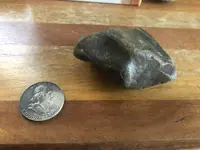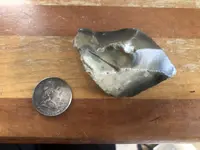StoneHunter
Full Member
Hello,
Recently, while looking through the buckets of English flint I've collected from the shores of the Potomac river, I came across this piece. As a novice flint knapper, I recognized the pattern of flake removal to form a cutting or chopping edge. The patina of the worked area indicates this is not a recently worked piece of stone. Considering the time frame in which English merchant sailing ships were engaged in commerce with the colonies, I don't think it plausible that this artifact was the work of an American Indian? If I'm correct, then this neolithic artifact was collected in England to be used as ballast in a ship and eventually dropped in a river in the new world.
Ralph
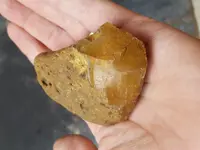
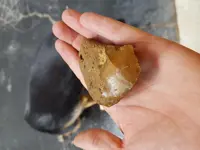
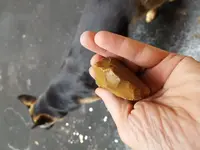
Recently, while looking through the buckets of English flint I've collected from the shores of the Potomac river, I came across this piece. As a novice flint knapper, I recognized the pattern of flake removal to form a cutting or chopping edge. The patina of the worked area indicates this is not a recently worked piece of stone. Considering the time frame in which English merchant sailing ships were engaged in commerce with the colonies, I don't think it plausible that this artifact was the work of an American Indian? If I'm correct, then this neolithic artifact was collected in England to be used as ballast in a ship and eventually dropped in a river in the new world.
Ralph



Amazon Forum Fav 👍
Upvote
3



